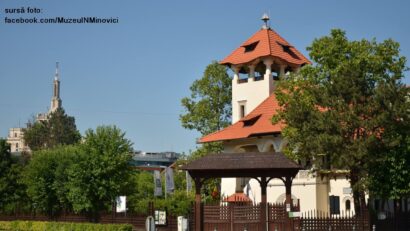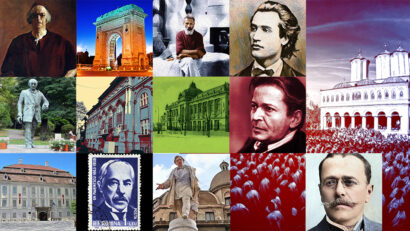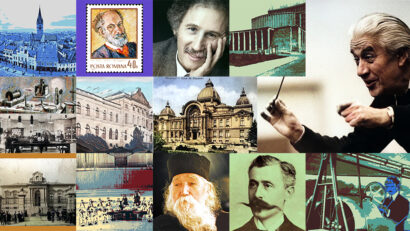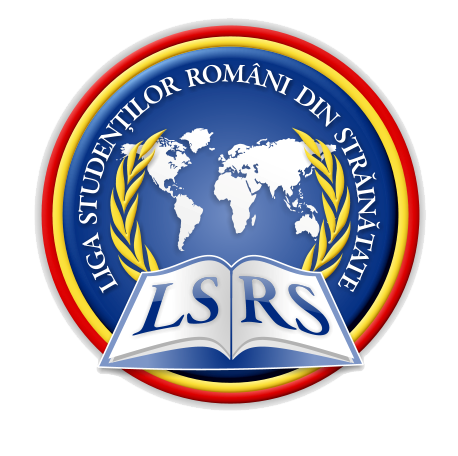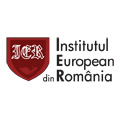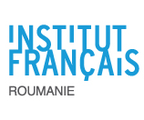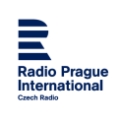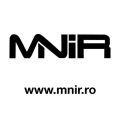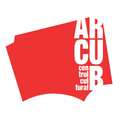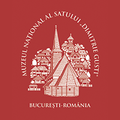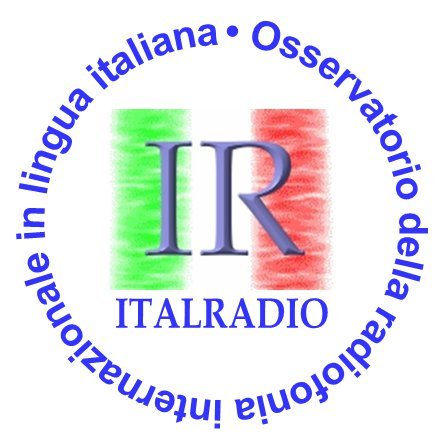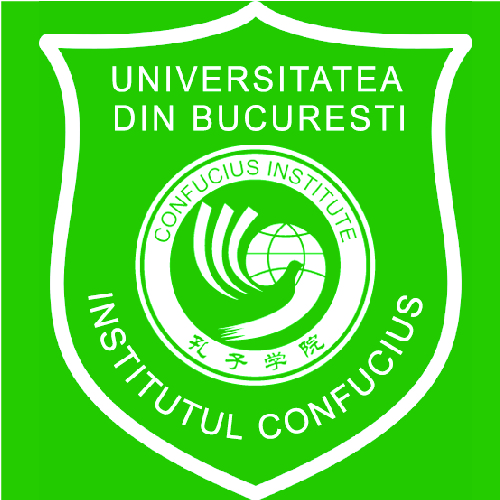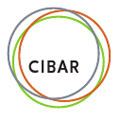Romania’s ancient history, re-eenacted
Roman and Dacian attire and weapons, in Dacia

Steliu Lambru, 04.12.2022, 14:00
The population of the Getae and the
Dacians, in antiquity, had reportedly inhabited the territory between the
Danube, the Black Sea, the Carpathian Mountains and the intra-Carpathian basin.
Evidence of their material culture has been unearthed in several archaeological
sites. The artefacts that have been found so far even date before the time Dacia was conquered by the Romans, but also after that period of time and
after the ensuing merger of the Dacian and the Roman civilizations. The weapons
that have been found among the excavated artefacts hold pride of place with
respect to the most valuable evidence that usually helps archaeologists get
the picture of the Getae and the Dacians’ standards of progress as compared to
those of the Romans.
The Romans’ presence in the Lower Danube
dates from the first century B.C. Quite a few of the Getae and Dacian tribes
had entered the orbit of the Roman civilization. However, there were tribes
that rejected such a merger of simply refused to be Roman subjects. The most
rebellious Dacian king was Decebalus of the late first century AD. His state
was located in the central-south-eastern part of today’s Romania, in the Southern
Carpathians’ Sureanu Mountains. In the wake of two wars, 101-102 and 105-106 AD, waged by
Emperor Trajan, Decebalus, the Dacian King was overpowered, beheaded, and his
kingdom was conquered. Therefore, the Dacian-Roman synthesis emerged, which historians
describe as the act underlying the formation of the Romanian nation.
Established in 2007, the Terra Dacica Aeterna Association is made of
a group of enthusiasts who stage re-enactment performances and promote the Getae
and the Dacian culture. Dacia, the last frontier of the Roman era is the
title of an exhibition and at its opening, Andrei Duduman of the aforementioned
Association dressed himself in a Dacian’s apparel and presented the Dacians’ weapons,
in a bid to provide a clear picture of the weapons Dacians and Romans used when
they fought each other 1900 years ago. Andrei Duduman:
We have the Dacian warrior, some sort of heavy infantry chieftain. For the Dacian warrior, the
key visual item was the shield, whose design is inspired by the models on the
column, they can be admired in the lapidarium as part of Romania’s Museum of National
History. The second very important element is the sword, of a Celtic pattern,
whose sheath is decorated with motifs that can be found on the famous Dacian
matrix unearthed in Sarmizegetusa.
Another item, crucial for the protection of the warrior, is the chain mail
shirt. In our case, it is a chain mail shirt, a riveted one, perfect for a more
affluent warrior, a richer one. The riveting made the shirt more resistant. The
chain mail shirt provided protection from strikes, cuts, but les so in the case
of stabs. It was especially designed to protect the warrior from cuts. I wear a
Spangenhelm-type of helmet, of Sarmatian inspiration. It was made of metal
segments, held together by stripes and rivets. As for the civilian part of my
apparel, so to speak, I wear some silver jewels, the famous Dacian nails, in
our case, there is only three of them. As far as I know, helmets with 5, with 7,
with 9 nails have also been excavated, their number varies according to the resources and means of
those wearing them. I also have several glass beads, and, of course, some
rings, also made of silver, they are replicas of original artefacts. A very important
item, an insignium of a Dacian nobleman, was the Sicca, the famous Dacian Sicca,
a dagger.
In turn, Lucian Vulpe played
the part of a Roman legionnaire:
With the
Dacians, the gear was somehow non-standardized, having all sorts of decorations,
without any gear resembling the others, yet with the Romans, everything was
standardized. The Roman army was a professional army, everybody dressed and
fought the same. The standard Roman legionnaire’s only key weapon was the
gladius, an Iberian weapon, originating from Spain, which oftentimes was used
not only in duels, but it was effective at thrusting. It was used in thrusting
as in battle, many legionnaires had to close ranks and there was not enough room
for them to move. Each legionnaire was protected by a lorica segmentata. It was a flexible, very mobile body armor, made of plate sheet segments, very easy to recondition during a fight. He also had a helmet which
protected him very well from the Dacians’ curved or straight weapons. After the
First Dacian-Roman War, the Roman helmet was reinforced, two iron bars were added
in the middle, to help the legionnaires defend themselves against the Dacian Falx
(sword). Completing the gear is the Roman shield, mostly decorated
with wings and on which the name of the legion was inscribed, in our case the 5th
Macedonica Legion, stationed in Turda. His footwear was made of caligae, the classic
Roman sandals, whose pattern could vary. In the case of a centurion, they were
more abundantly decorated and more performing than those of the ordinary
legionnaires. They also had a tunic and a cloak, known as the Pennula, protecting
the Roman soldiers from the rain or helping them to keep warm.
With their weapons and their
apparel, the Dacians and the Romans came back to life at Romania’s National
Museum of History. In today’s world, the aficionados of the distant past have rendered flesh and blood to this long-forgotten world. (EN)

